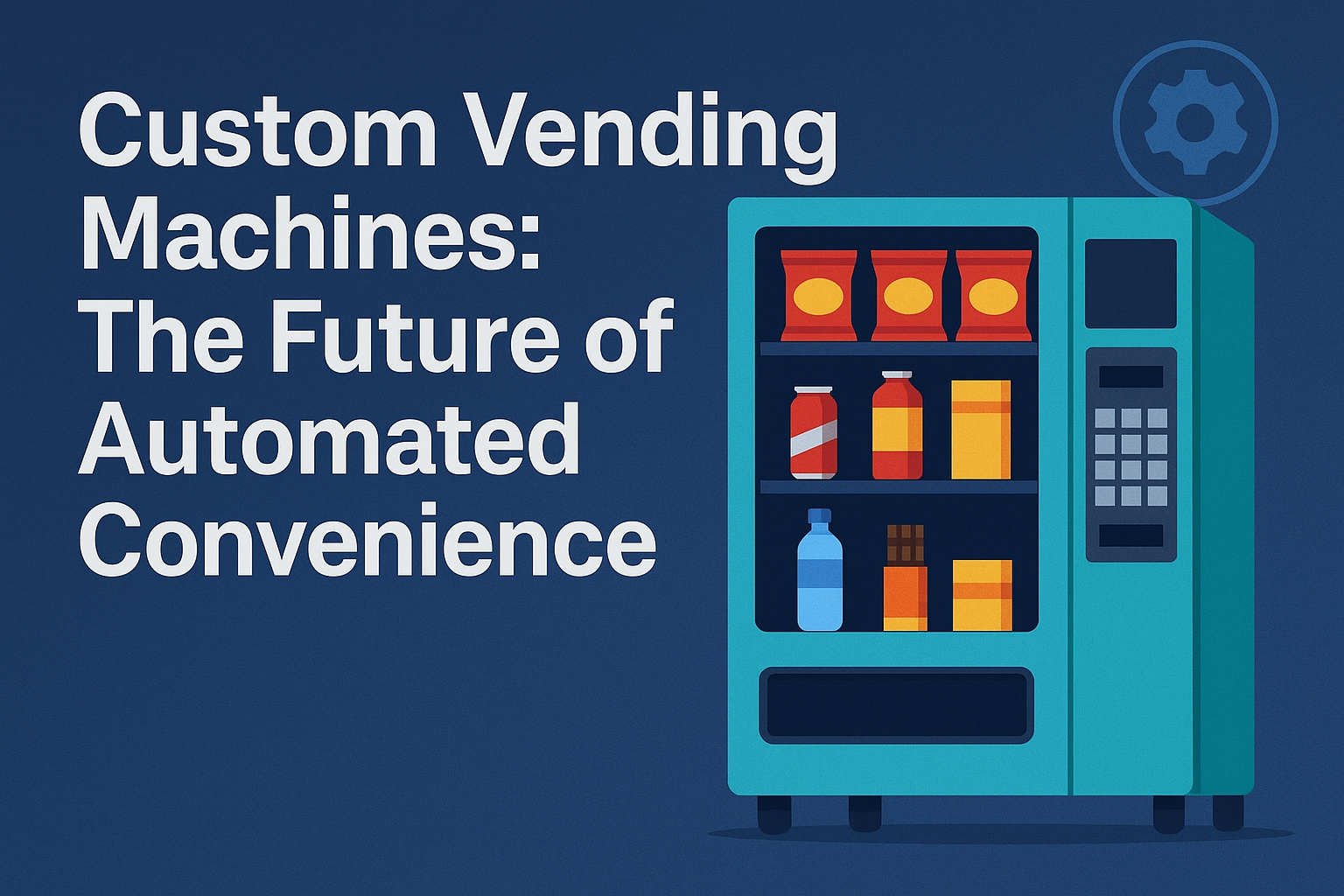Tech
Fixing Common WordPress SEO Issues – Broken Links, Redirect Chains & More

It’s no secret that WordPress is one of the most powerful and widely used content management systems in the world. It’s flexible, customisable, and SEO-friendly – but that doesn’t mean it’s immune to problems. In fact, many websites running on WordPress encounter technical SEO issues that can hold them back from ranking higher in search results. Whether you’re managing a personal blog or a growing eCommerce site, understanding and addressing these SEO challenges is key to maintaining healthy search visibility.
In this blog, we’ll explore some of the most common WordPress SEO issues (like broken links, redirect chains, and more) along with practical steps for how to fix them. If you’d prefer to leave the technical tweaks to professionals, working with a WordPress SEO agency can ensure your site stays in peak condition while you focus on content and conversions.
Why WordPress SEO Issues Matter
Before diving into the technical fixes, let’s take a moment to understand why these problems matter. Search engines like Google assess your website’s performance across hundreds of factors, and technical SEO is one of the foundational elements. Broken links, excessive redirects, or slow-loading pages may seem small, but they can send negative signals to search engines – reducing your rankings, harming user experience, and even causing crawl issues. Let’s break down some of the most common culprits and how you can resolve them.
Broken Links (404 Errors)
Broken links occur when a link points to a page that no longer exists or has been moved without updating the URL. These “404 errors” not only frustrate users but can also waste valuable crawl budget, meaning search engines spend time crawling non-existent pages instead of indexing the content that matters.
- Use a plugin like Broken Link Checker: This free plugin scans your site for internal and external broken links, making it easy to spot and fix them.
- Manually review important pages: Prioritise high-traffic content and check outbound links regularly.
- Set up 301 redirects: When you remove or move a page, use a redirection plugin (such as Redirection) to point the old URL to a relevant new one.
Pro tip: Don’t just redirect all broken links to the homepage – this confuses search engines. Always redirect to the most contextually relevant page.
Redirect Chains and Loops
A redirect chain occurs when a URL redirects to another URL, which then redirects to another, and so on. While one or two redirects are usually acceptable, long chains or redirect loops (which cause endless redirects) can slow down your site and hurt SEO performance.
- Audit your redirects with tools like Screaming Frog or Ahrefs: These tools will identify redirect chains and loops.
- Simplify the path: Ensure each old URL points directly to the final destination.
- Avoid temporary redirects (302) for permanent moves: Always use a 301 redirect for content that has moved permanently.
Cleaning up redirect chains not only improves SEO but also enhances user experience by delivering content more quickly.
Slow Page Load Speed
A slow-loading website frustrates users and can significantly impact your search rankings. Google considers site speed a ranking factor – particularly for mobile users.
- Optimise images: Use tools like TinyPNG or plugins like Smush to compress image sizes without compromising quality.
- Enable caching: Caching plugins like W3 Total Cache or WP Super Cache can drastically improve load times.
- Minify CSS and JavaScript files: This reduces file size and enhances load speed. Autoptimize is a popular plugin for this.
- Use a reliable hosting provider: Shared hosting plans may be cost-effective, but they often result in slower load speeds during peak traffic.
Site speed should always be part of your SEO checklist – it impacts everything from bounce rate to conversion.
Duplicate Content
WordPress can sometimes generate duplicate content unintentionally, especially through tags, categories, archives, and pagination. Duplicate content confuses search engines and can dilute your SEO efforts.
- Use canonical tags: This tells search engines which version of a page is the “master” version (most SEO plugins, like Yoast SEO or Rank Math, can handle this automatically).
- Limit archive indexing: Adjust settings to prevent indexing of category or tag pages if they don’t offer unique value.
- Avoid publishing the same content in multiple places: Ensure each post or page is unique and serves a specific purpose.
Consolidating duplicate content improves crawl efficiency and prevents ranking conflicts between similar pages.
Poor Mobile Experience
With more than half of all web traffic coming from mobile devices, mobile-friendliness is a crucial ranking factor. A WordPress theme that doesn’t respond well on different screen sizes can drive users away and hurt your SEO.
- Use a responsive theme: Choose a theme that adapts to various screen sizes by default.
- Test mobile usability: Use Google’s Mobile-Friendly Test to identify and resolve issues.
- Optimise buttons and fonts for touchscreens: Ensure buttons are big enough to tap easily, and fonts are readable on smaller devices.
Even the best desktop site can struggle if mobile usability is neglected – and search engines will take note.
Missing or Poorly Structured Metadata
Titles, meta descriptions, and header tags help search engines understand your content, and influence click-through rates from search results. Missing or duplicate metadata can cause ranking issues and a poor user experience.
- Install an SEO plugin: Yoast SEO, Rank Math, or All in One SEO Pack make it easy to manage metadata on every page.
- Customise titles and descriptions: Avoid duplicate titles across different pages. Write compelling, keyword-rich metadata to encourage clicks.
- Use header tags (H1, H2, H3) appropriately: These not only help SEO but also improve readability.
Good metadata supports your on-page SEO strategy and ensures your content performs well in search snippets.
XML Sitemap and Robots.txt Errors
A faulty sitemap or incorrect robots.txt file can prevent search engines from crawling or indexing your website properly.
- Check your sitemap: Use your SEO plugin to generate a clean XML sitemap and submit it to Google Search Console.
- Review your robots.txt file: Ensure it doesn’t block important directories or pages accidentally.
- Use Search Console diagnostics: Google Search Console will flag crawl errors and help you resolve them efficiently.
Having a clear sitemap and properly configured robots.txt helps search engines crawl your site more effectively — leading to better indexation.
Technical SEO issues are common in WordPress, but they don’t have to be overwhelming
With the right tools, regular audits, and a bit of know-how, you can stay ahead of broken links, redirects, duplicate content, and other performance killers. Follow these tips, and you can ensure your website is not only free of issues but also fully optimised to perform in the ever-competitive world of search.
-

 Tech11 months ago
Tech11 months agoHow to Use a Temporary Number for WhatsApp
-

 Business2 years ago
Business2 years agoSepatuindonesia.com | Best Online Store in Indonesia
-

 Social Media1 year ago
Social Media1 year agoThe Best Methods to Download TikTok Videos Using SnapTik
-

 Technology1 year ago
Technology1 year agoTop High Paying Affiliate Programs
-

 Tech7 months ago
Tech7 months agoUnderstanding thejavasea.me Leaks Aio-TLP: A Comprehensive Guide
-

 Instagram3 years ago
Instagram3 years agoFree Instagram Auto Follower Without Login
-

 Instagram3 years ago
Instagram3 years agoFree Instagram Follower Without Login
-

 Technology11 months ago
Technology11 months agoLeverage Background Removal Tools to Create Eye-catching Videos




















